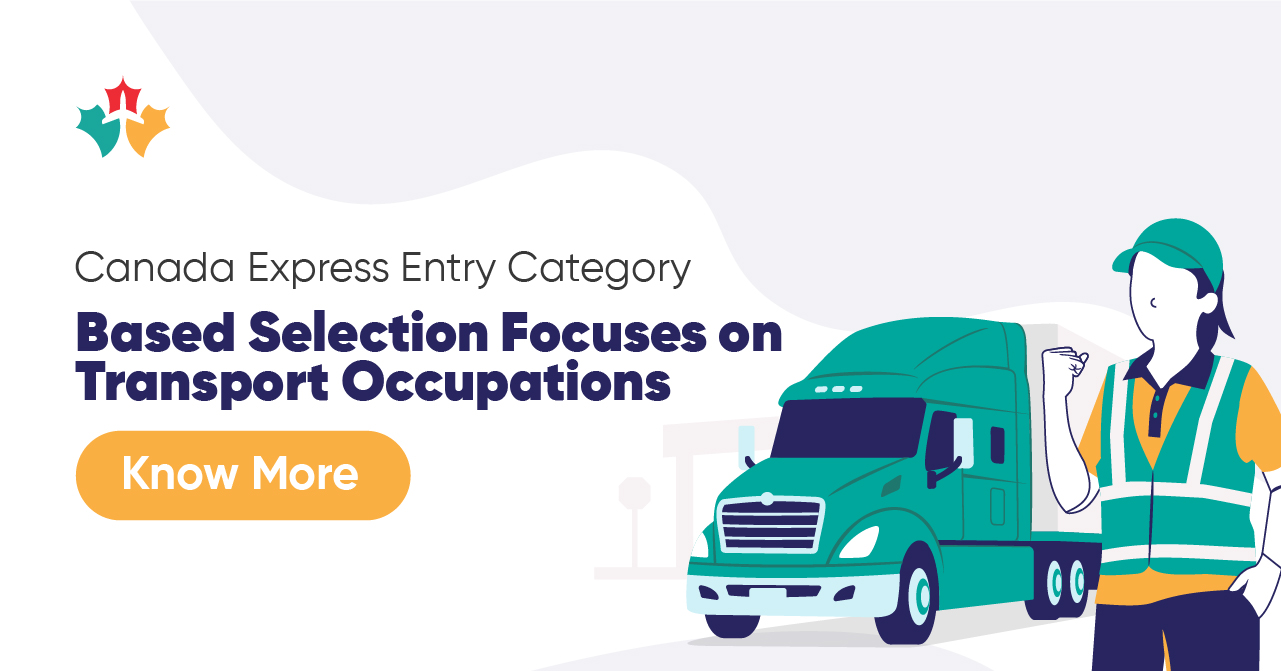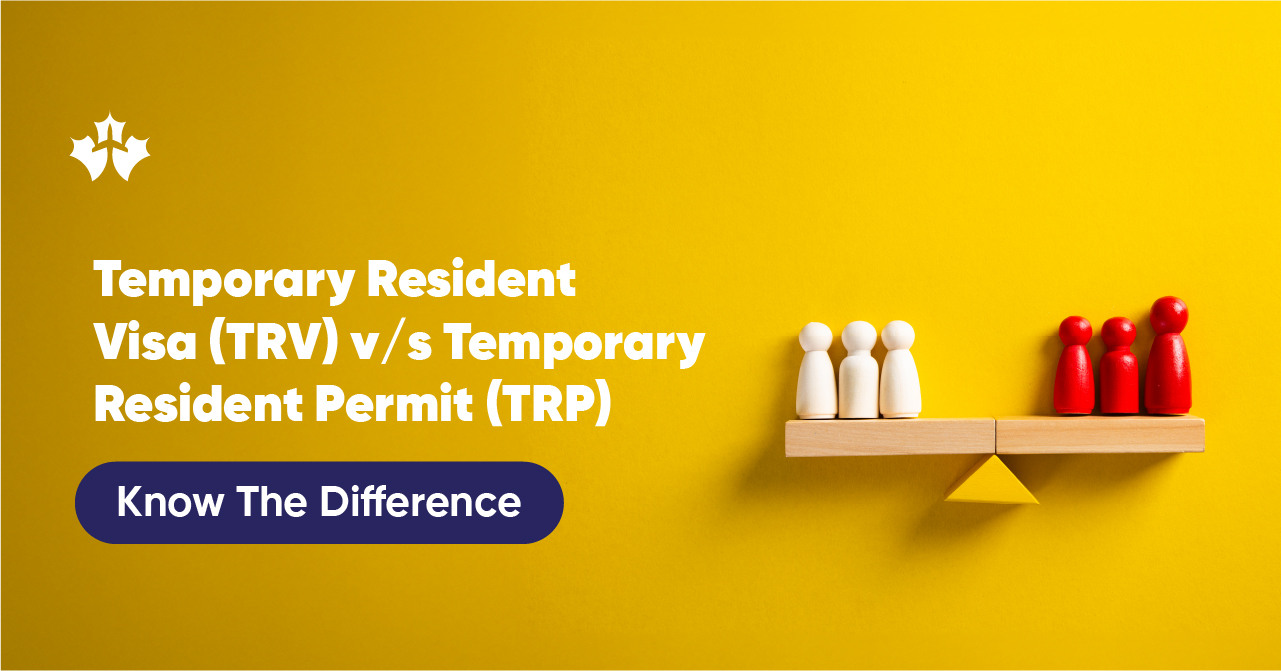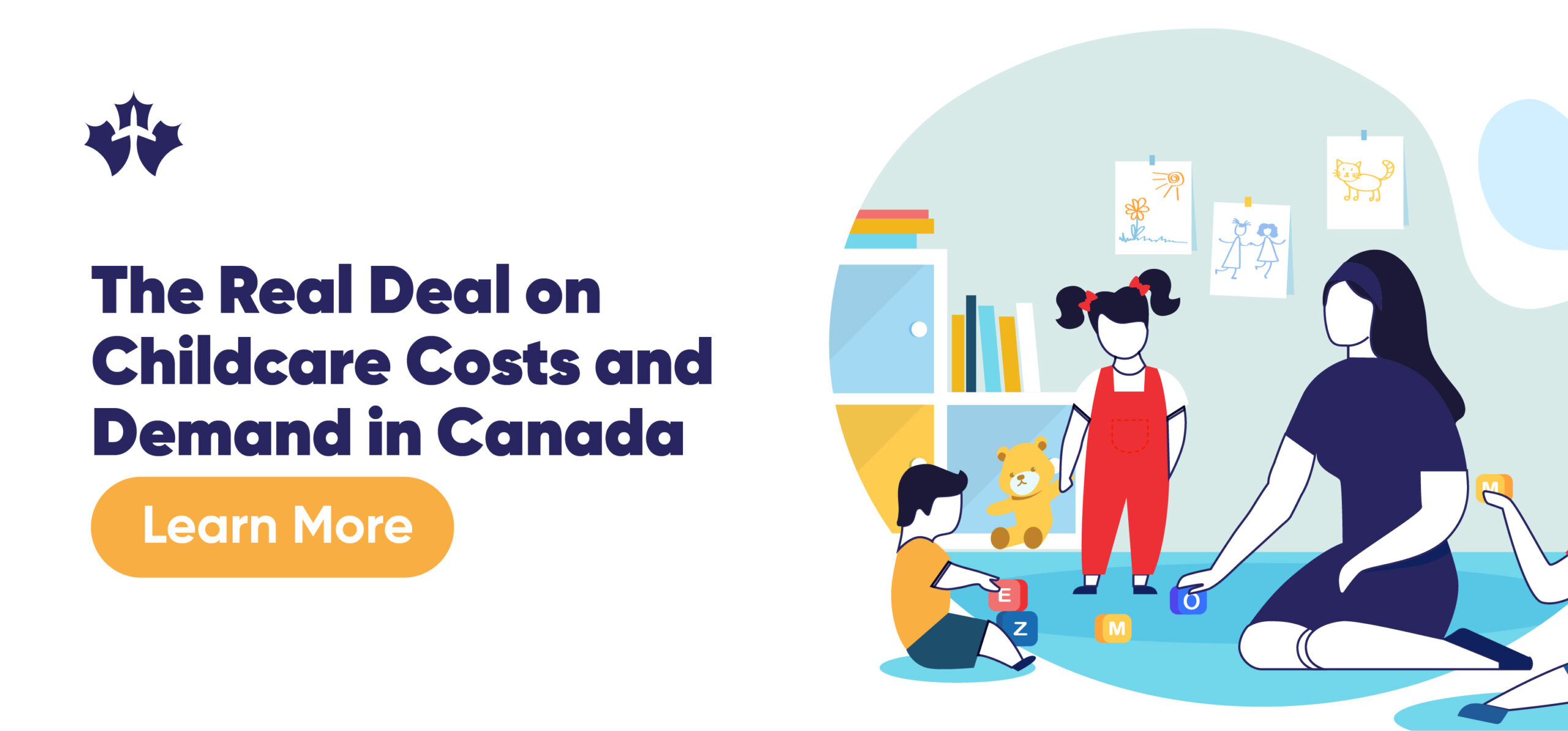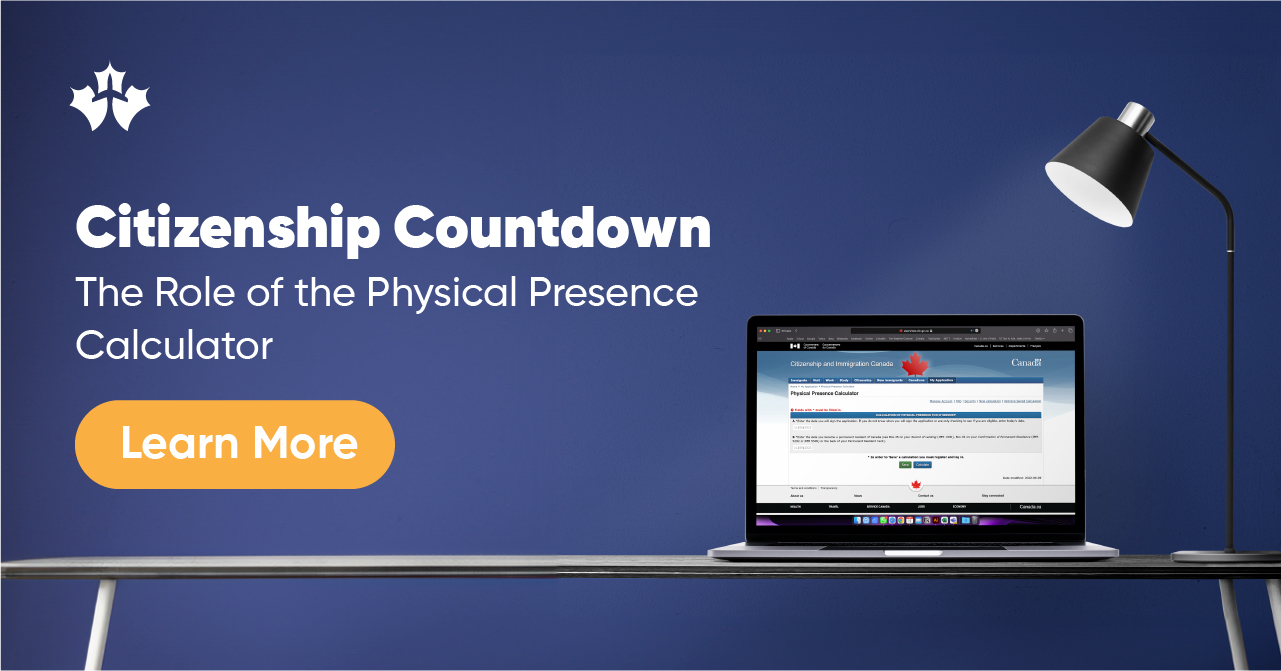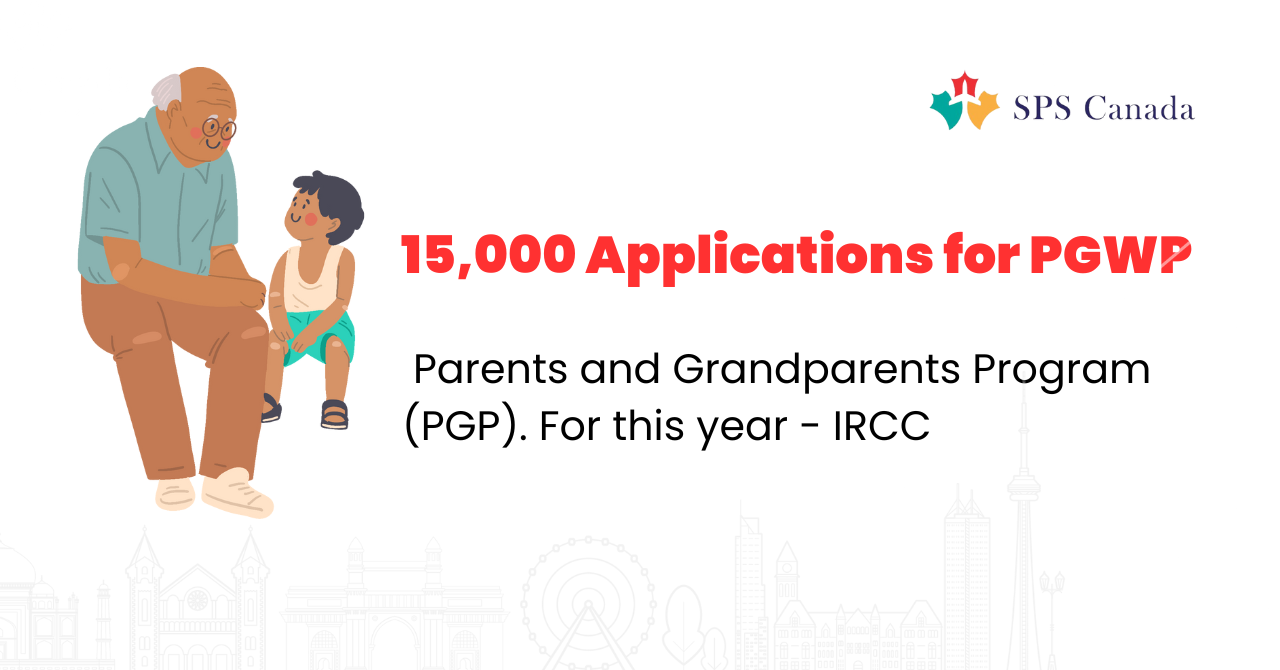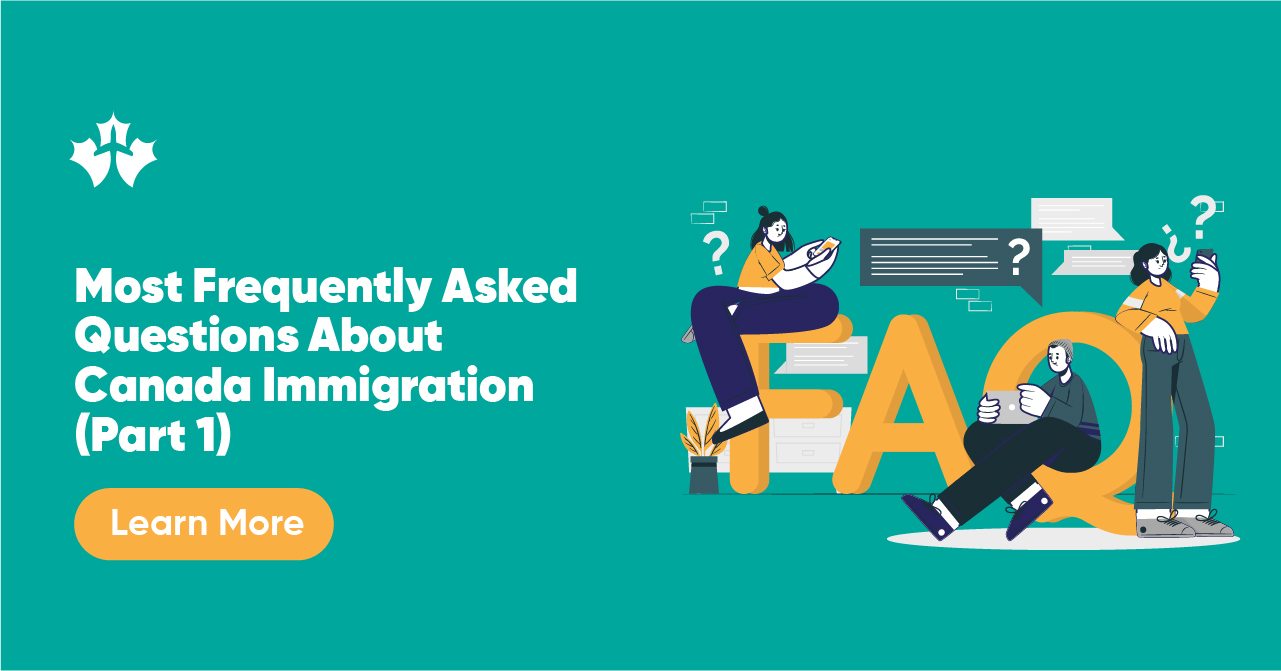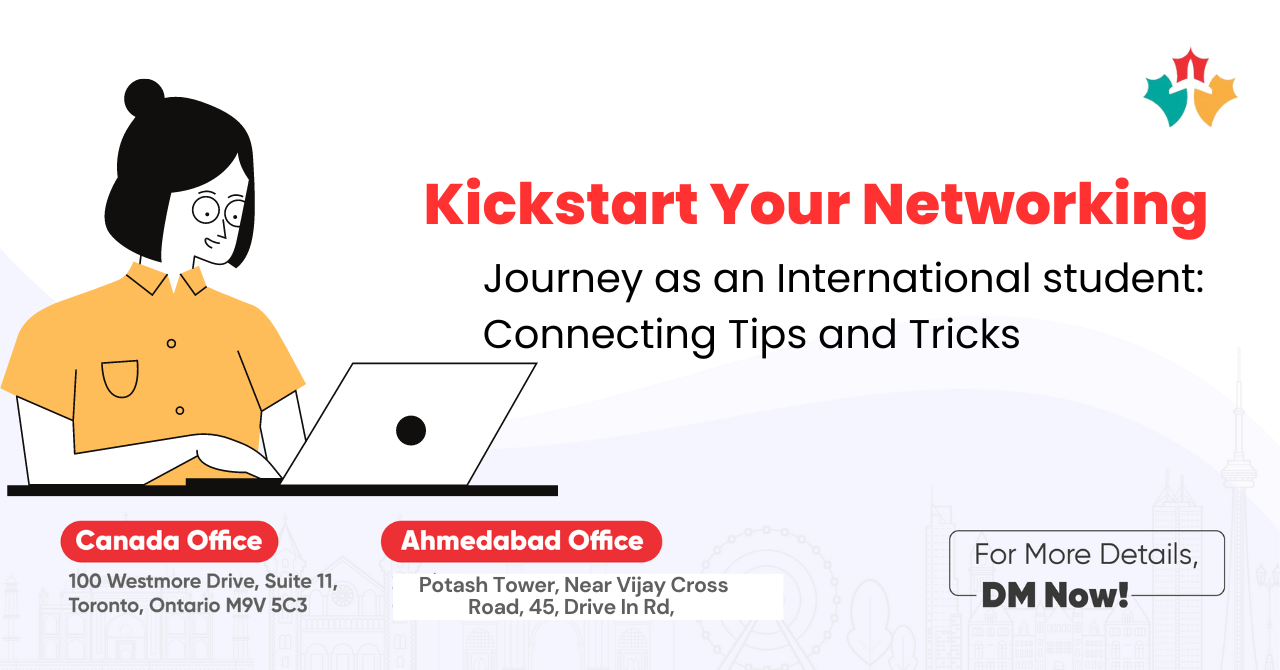On May 31, 2023, Immigration, Refugees and Citizenship Canada (IRCC) announced changes to Express Entry through category-based selection. These changes will help address labor shortages and support economic goals by inviting candidates with specific work experience or French language ability to apply for permanent residence.
The Honourable Marc Miller, Minister of Immigration, Refugees and Citizenship, announced that the first round of invitations for transport occupations through category-based selection in Express Entry will occur this week. This focus on candidates with experience in the transport sector—including commercial truck drivers, pilots, and aircraft assembly workers—will help the sector attract the skilled talent it needs across the country.
What is category-based selection?
Category-based selection is a new feature of Express Entry that allows IRCC to invite candidates from specific occupations or language groups. This helps IRCC to target its recruitment efforts and address specific labor market needs.
What does this mean for skilled workers in the transport sector?
Category-based selection is good news for skilled workers in the transport sector who are interested in immigrating to Canada. This new feature of Express Entry makes it easier for them to be invited to apply for permanent residence.
If you are a skilled worker in the transport sector and you are interested in immigrating to Canada, I encourage you to create an Express Entry profile and regularly check the IRCC website for information about category-based selection draws.
Express Entry Draw Targets Transport Occupations
On September 20, 2023, Immigration, Refugees and Citizenship Canada (IRCC) held the first Express Entry draw in over a month. The draw targeted candidates with work experience in transport occupations. IRCC invited 1,000 candidates with a minimum Comprehensive Ranking System (CRS) score of 435.
This draw is part of IRCC’s efforts to address the labor shortage in the transportation sector. Transport occupations include truck drivers, pilots, aviation mechanical engineers, and seafarers. These occupations are essential to the Canadian economy, and IRCC is looking to attract new talent to these fields.
Express Entry: Canada’s Fast Track to Permanent Residence
The Express Entry system is a points-based system that IRCC uses to manage applications for permanent residence. Candidates are awarded points based on their age, education, work experience, language skills, and other factors. The candidates with the highest scores are most likely to be invited to apply for permanent residence.
Express Entry has a number of benefits for both Canada and immigrants. For Canada, Express Entry helps to attract skilled immigrants who can contribute to the economy. For immigrants, Express Entry is a relatively quick and easy way to immigrate to Canada.
If you are interested in immigrating to Canada through Express Entry, you can create a profile on the IRCC website. You will need to provide information about your work experience, education, language skills, and other factors. Once your profile is complete, you will be entered into the Express Entry pool. If you are invited to apply for permanent residence, you will have 60 days to submit your application.
Here are some tips for increasing your chances of being invited to apply for permanent residence through Express Entry:
- Improve your CRS score by getting more education, work experience, or language skills.
- Get a provincial nomination. A provincial nomination is a letter from a Canadian province or territory that indicates that the province or territory is interested in nominating you for permanent residence. Candidates with provincial nominations have a higher priority in the Express Entry pool.
- Create a strong Express Entry profile. Make sure to include all relevant information and to proofread your profile carefully.
If you have any questions about Express Entry, you can visit the IRCC website and get in touch with SPS Canada for any Information in this matter.


